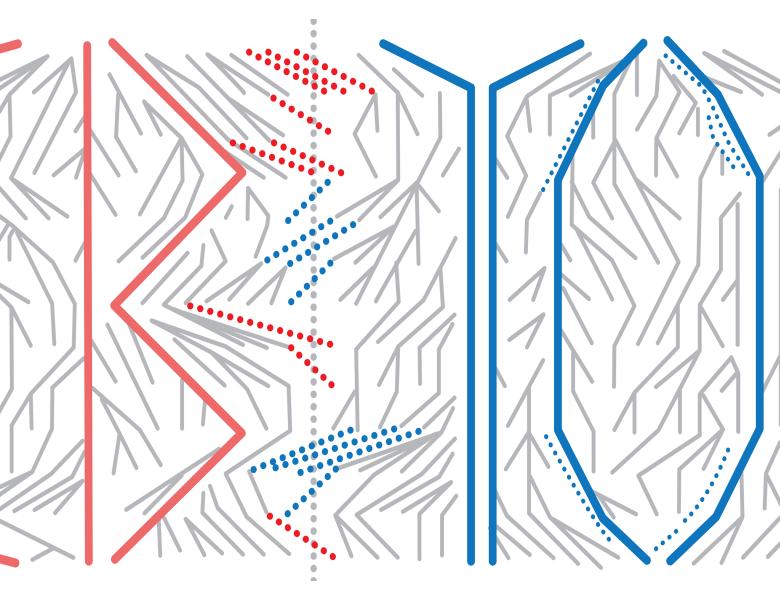
Abstract
Identical by decent (IBD) is the term used to describe segments of DNA that descend from a single ancestral haploid genome (a gamete) to current individuals. Since DNA that is IBD has high probability of being of the same allelic type, IBD provides a basis for modeling similarities among relatives both at the population and pedigree level. Traditionally, IBD has been considered in the pedigree context, but modern genetic data provide opportunities to infer and use IBD among individuals in a population in which pedigree relationships are unknown. Model-based inference can provide appropriate measures of uncertainty, but population-based probability models and methods for inferring IBD are required. Initial analyses have focused on pairs of individuals or haploid gametes, and in that context it has been shown that IBD can be used in the presence of allelic heterogeneity to detect causal genome regions in a case-control study. We present models and methods that extend models and methods to inference of the IBD graph—a dynamic specification of the IBD partitions among multiple gametes across a chromosome. However, implementation of these methods remains challenging. Given a set of realizations of IBD graphs, the next challenge is to use these effectively in the analysis of trait data on members of a population; some preliminary examples will be given.
Parts of this work are joint with Hoyt Koepke, Chaozhi Zheng, Chris Glazner, and Sharon Browning.


